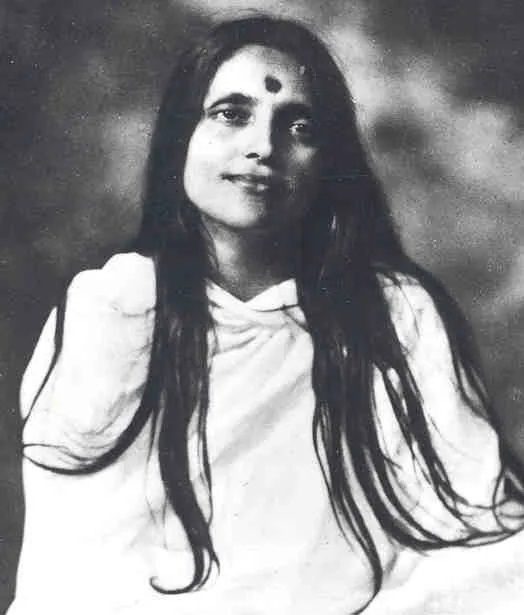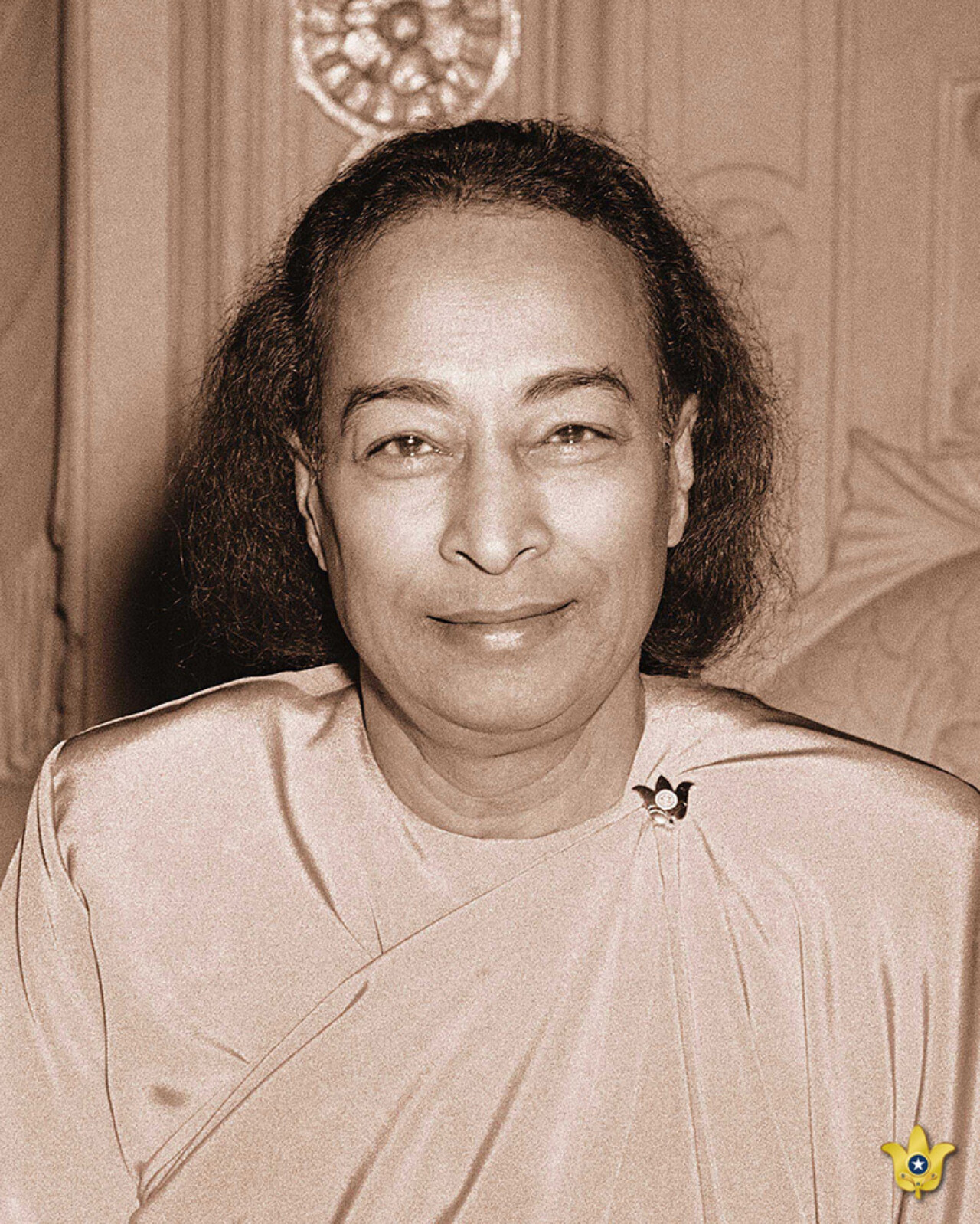Samadhi – extraordinary, mystic state of consciousness
by eminent yoga teacher Gregorian Bivolaru
Literally means ‘to fixate’ or ‘to attach in ecstasy’. In Hinduism, it designates a beatific state of consciousness superior to that of wakefulness, dream and profound sleep, which is characterised by the complete cessation of any thought. In the state of samadhi, the one who meditates totally merges with the object of meditation (God or the Absolute if this is the object of meditation).

There are different forms or stages of samadhi. The most elevated is called nirvikalpa samadhi. In Zen Buddhism, the ecstatic state of samadhi appears through the intense concentration of the consciousness on a supreme (Godly) reality. This extraordinary concentration is obtained through the progressive diminishing of the activity of the mind. Samadhi is the supreme state of consciousness, which is completely non-dualistic, among other aspects characterised by the union between the ‘subject’ and ‘object’ of experience; the profoundly ecstatic content of the experience is the only aspect that exists.
This Godly beatific state of consciousness is often defined by yogis as ‘a unique and ecstatic focusing of the consciousness’, an expression that can be misleading at first sight, because it allows us to assume that this concentration would be voluntarily and egotistically oriented towards a precise point. However, the state of samadhi is not just an intense focus on a single point, and the consciousness is not oriented from ‘here’ (subject) to ‘there’ (object), as in a very simple dualistic scheme. To be able to spontaneously enter, as often as possible, in the state of samadhi is an indispensable condition for any profound yogic meditation (dhyana) that truly is perfectly accomplished.
In general, in the Oriental tradition, we distinguish three kinds of supernatural, perfect samadhi (lokottara), which respectively have as their purpose the beatific vacuity (shunyata), the complete absence of all characteristics (animita) and the utter disappearance of the desire for objects, which enable access to the completely Liberating Godly ecstasy. The other forms of samadhi are considered as being more or less high, even when they are accompanied by the most profound ecstatic meditation or through amazing paranormal powers (siddhis).
The state of samadhi (Godly ecstasy or enstasis) represents the eighth and last branch or stage (anga) of spiritual practice and evolution in yoga. One of the fundamental yogic texts (Gheranda Samhita) speaks about the state of samadhi (Godly ecstasy) as being the supreme yoga, which can be easily attained either through a favourable spiritual karma, or by the infinite grace and compassion of a competent spiritual master. In other cases, the state of samadhi (Godly ecstasy) can also be achieved by the power of Godly virtues and of the aspirant’s self-denying devotion towards God.
Trishikhi Brahmana Upanishad (II, 31) describes the state of Godly ecstasy as being the ‘total forgetting’ of the meditation state that precedes it. Yoga Sutra (III, 3) speaks about the state of samadhi (Godly ecstasy) as that specific condition of the human being in which his consciousness (citta) is shining with great force, being perfectly identified with the object towards which it is directed and focused; in other words, in the state of samadhi (Godly ecstasy), there is a perfect melting and identification of the subject with the object of meditation.
Kurma Purana (II, 11.41) explains this essential condition as being the ‘uniformity’ (eka akara) of the consciousness in manifestation. On the other hand, Paingala Upanishad (III, 4) provides the following explanation: ‘The state of Godly ecstasy represents that distinctly superior condition of the object’s consciousness in which it (the consciousness) completely contains and identifies itself with the object of meditation (dhyeya). Then, like the flame of a candle that is immovably burning in a windless place, it (the consciousness) completely forgets both the one who meditates (dhyatri) and the act of meditation (dhyana) itself.’
Normally, the state of samadhi (Godly ecstasy) is accompanied by a complete withdrawal of the five senses, with respect to exterior stimuli. Above all, this inner process is triggered as an effect of successfully accomplishing the previous stages of interiorising (pratyahara) and meditation (dhyana). Some texts, like the Mani Prabha (III, 12) and other different purana-s explain the state of samadhi (Godly ecstasy) as being the result of gradually prolonging and profoundly of practising the 12 types of meditation, which imply (among other aspects) the complete detachment from environmental conditions and influences.
In the attaining of the state of Godly ecstasy (samadhi), one also achieves the awakening and amplification of countless abilities of paranormal (siddhi) and spiritual influence. This is clearly expressed in the famous yogic text Hatha Yoga Pradipika (IV. 108): ‘The yogi who truly experiences the state of godly ecstasy (samadhi) is no longer subjected to the influence of time (kala), is no longer limited in (and by) his actions (karma) and afterwards can never be defeated or enslaved by anybody.’
‘The yogi who fully experiences the state of Godly ecstasy no longer knows himself or the others [in other words, he completely and permanently detaches both from himself (he transcends his ego) and from others]; also, he is never enslaved (enchained) by the various sensations offered by the others five senses: smell, taste, sight (rupa), touch or hearing.’
‘The yogi who is truly submerged in the state of samadhi (Godly ecstasy) no longer experiences sensations of hot or cold, sufferance or joy and is in no way affected by the others’ honour or contempt.’
‘The yogi who is deeply submerged in the state of samadhi (Godly ecstasy) cannot be tainted by anything invisible (subtle) that is bad and can no longer be influenced by the magical powers of various mantra-s or yantra-s; he is also completely invulnerable to any psychological weapon or any malefic psychic method that someone might ever use against him.’

All authentic spiritual traditions and schools distinguish at least two types of Godly ecstasy (samadhi). First of all, there is the state of samadhi (Godly ecstasy) that implies the profound identification with the object of meditation and the manifestation of certain very elevated forms of thinking and knowledge (prajna); secondly, there exists the state of samadhi (Godly ecstasy) that consists of the perfect identification with the very Godly essence of the being, with the transcendent Supreme Self (Atman); this state is lacking any mind content or, in other words, any knowledge of any type. The first type of samadhi (Godly ecstasy) is called savikalpar samprajnata samadhi, and the second nirvikalpa or asamprajnata samadhi. Only the second type of samadhi (Godly ecstasy) can lead to true spiritual Liberation and to the direct realisation one Godly Supreme Self (Atman), by the complete transcending of any concept and any discursiveness in thinking. Certain spiritual schools even mention a third type of samadhi (Godly ecstasy), which is known by the name of ‘spontaneous and unconditional Godly ecstasy’ or sahaja samadhi; it is equivalent to spiritual liberation, which is attained even during life on earth (the state of jivanmukta).
According to the fundamental text Yoga Chudamani Upanishad (110), the state of samadhi (Godly ecstasy) first leads to the attainment of the ‘Godly, plenary knowledge’ (chaitanya adbhuta), and then to the state of spiritual liberation (moksha). Plenary, ecstatic and highly beatific states of consciousness are profoundly and intensely experienced in samprajnata samadhi. In fact, all these ecstatic Godly states or, in other words, these phases of direct experience are all modalities of searching and knowing, which are practised by the yogi, as it obviously appears from the third chapter of Patanjali’s Yoga Sutra-s, where he provides various examples of ecstatic ‘constraint’ or perfect identification (samyama).
Eventually, all forms of knowledge (prajna) should be completely transcended, so that only the ultimate and infinite vision of the Godly Supreme Self (Atman) remains. As the Garuda Purana says (45.36), samadhi (Godly ecstasy) actually represents the condition in which the yogi truly realises the fact that ‘I am united with the Absolute (God)’. For this reason, samadhi (Godly ecstasy) is often defined in Vedantic philosophy (and also by the spiritual schools that have been influenced by this philosophy) as being ‘the profound and complete union between the soul (jiva) and the Supreme Self (Atman)’. Instead of ‘union’ (samyoga), certain texts and certain authorities in the spiritual field are using the terms ‘the same’ (samatva) or ‘identical’ (aikya). In this respect, Hatha Yoga Pradipika (IV, 5) provides the following comparisons, which have a special expressiveness. ‘Like the salt put into water is dissolved and intimately mixed with it, in a similar way the consciousness merges with the Immortal Spirit when attaining the state of Godly ecstasy (samadhi).’
‘When the subtle force of life (prana) enters the central subtle channel or sushumna nadi, the mind is gradually dissolved in the ocean of universal knowledge, and coessentiality (sama rasatva), the which is called Godly ecstasy (samadhi), fully starts to manifest.’
The full and profound balance (sama) or, in other words, the perfect identity of the individual Supreme Self (Atman) with the Universal Supreme Self (Paramatman), in which any action generated by the individual will is eliminated, is called Godly ecstasy (samadhi).
Only the state of Final Spiritual Liberation permanently and forever destroys ‘the chain of successive existences that constrains by chaining in the manifestation’ (Bhava Pashya) (Yoga-Yajnavalkya (X, 1)). For this reason, the state of samadhi (Godly ecstasy) is sometimes equated in expression with the terms liberation or even spiritual illumination.
A complete presentation of the states of samadhi (Godly ecstasy) is offered by Patanjali in his Yoga Sutras. There he presents the following forms of samadhi (Godly ecstasy), starting with the highest:
1) The state of super-conscious Godly ecstasy (asamprajnata-samadhi);
2) The state of conscious Godly ecstasy (samprajnata-samadhi), with its supra-reflexive forms of clarity (nirvichara-vaisharadya), of supra-reflexive ecstasy (nirvichara-samapatti), of reflexive ecstasy (savichara-samapatti), of supra-cognitive ecstasy (nirvitarka-samapatti) and of cognitive ecstasy (savitarka-samapatti).
The various forms of conscious ecstasy are sometimes accompanied by a somewhat technical name. In such circumstances, not at all by chance, they receive the name of ‘coincidence’ (samapatti), which is then mostly used in the sense of identification.
Certain sages, like Vachaspati Mishra, insert the following states before the previously presented ones that, in his view, are subcategories of conscious ecstasy; the ecstasy that is beyond the consciousness of the individual Self (nirasmita samapatti), the ecstasy accompanied by the consciousness of the individual Self (sa-asmita samapatti), the ecstasy manifested beyond beatitude (nirananda samapatti) and the ecstasy accompanied by beatitude (sa-ananda samapatti).
The term samadhi is also used to concretely indicate the circular shaped tomb of the yogi. In India, when the ascetics die, they are always buried with their vertebral spine straight and their legs crossed, while ordinary men, when they die, are burnt on the pyre. The cremation (the burning) of dead bodies is understood as a sort of passing ritual for those who have not yet purified themselves enough through the spiritual subtle fire of yoga practice.
Excerpt from Guru-ology, 550 aphorisms of yoga teacher Gregorian Bivolaru
yogaesoteric
July 27, 2023
